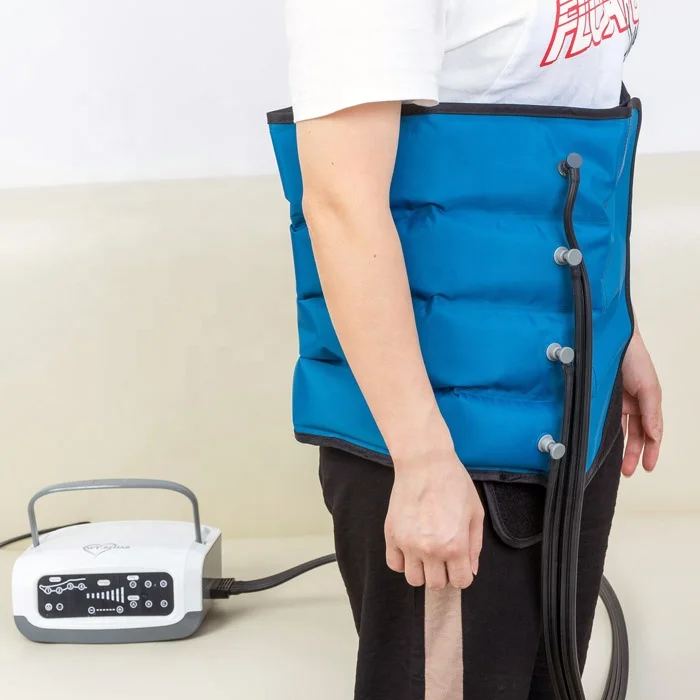

Contractions in the muscles push the blood to the heart, the venous return mechanism, and compression garments will do the same thing. Venous veins have one-way valves that allow blood to flow back to your heart but not away from it. Its pressure is much lower, at less than 20mmHg. Venous blood is a different matter it is not oxygenated because it offloads the nutrients and oxygen into the active muscles as it passes through the capillaries. Provided the compression garments are fitted correctly, they will have no significant impact on this flow. The heart and lungs pump oxygenated arterial blood at high systolic pressure, usually greater than 120mmHg. The human circulatory system is made up of two components – venous blood flow and arterial blood flow. Finally, more oxygen in the blood decreases the effects of DOMS and speeds up the repair process of your muscles. Improvements in blood flow also help the body to remove lactic acid, along with other metabolic waste and this allows you to work at a higher level of performance for longer. This provides your working muscles with an increase in oxygen, and that, in turn, boosts your performance. When compression is applied to certain parts of the body, provided it is accurate and balanced, the blood flow is accelerated. They increase levels of oxygen in the muscles.They increase joint awareness or proprioception.


They decrease muscle vibration or oscillation.They decrease the amount of concentrated creatine kinase.They increase the removal of waste products.The belief is that these garments can improve performance and recovery time based on these influences: Athletes wear these garments to try to improve their performance and to make recovering from exercise much faster. They are usually made from nylon and elastin, two materials that are designed for enhancing recovery. What Are Compression Garments?Ĭompression garments are a form of clothing that are tight and compressive. Because of this, techniques to encourage and enhance recovery are growing fast, and compression garments are now leading the way (2). Intensive periods of training and competitions can cause damage to the muscles, leading to a condition known as DOMS – Delayed Onset of Muscle Soreness (1). At the same time, they do not appear to have any negative impact on performance. It has been identified that compression garments can help to improve the awareness of joints, blood flow, removal of waste products, better running economy, reduce swelling quickly, decrease muscle soreness after exercise and reduce muscle oscillations. For the athlete, the crucial point is that compression garments can help them to recover much quicker from their activities, thus promoting better performance. Compression garments are quickly becoming very popular for both gym users and athletes alike, for aesthetics, comfort and also their aid in recovery.


 0 kommentar(er)
0 kommentar(er)
